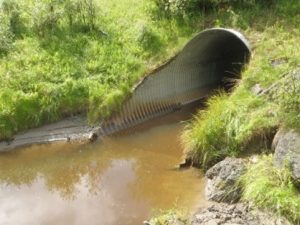Abstract:
Understanding the spatial structure and diversity of fish communities in urban environments is crucial for effective conservation and management. Our study investigates the complexity and spatial structuring of fish communities across urbanized watersheds and waterfronts in the Toronto region, identifying distinct groups based on sampling locations using modularity analysis and partial least square path modeling (PLS-PM). We evaluated the influence of environmental factors, including habitat, human impact, and species traits, on fish community composition. Our results reveal three distinct fish community groups. The first group, primarily located in major watersheds such as Humber and Rouge, is characterized by lower human impact and larger tracts of less developed land, where habitat variables like water quality play a significant role. These areas support species with intermediate tolerance levels. The second group includes diverse waterfront and nearshore habitats, where high species richness and variability are influenced by varied environmental conditions and riparian zones, with limited urban impact. The third group, encompassing some of the more urbanized areas, faces the constraints of urbanization and a high density of instream barriers, resulting in lower species diversity and a dominance of disturbance-tolerant species. Our findings highlight how different urban environments shape fish communities based on available habitat in interatom with species traits. This underscores the importance of tailored urban watershed management strategies based on urbanization levels and habitat constraints.
Citation: Theis S., Chin, A. T.M., Wallace, A., Cartwright L., Fortin M.J., Poesch, M.S. and Ruppert, J.L.W. (2025) Complexity and spatial structuring of fish communities across urbanized watersheds and waterfronts. Urban Ecosystems 28: 1–18.
Also Read:
*Lab members: Sebastian Theis, Jonathan Ruppert (former member) and Mark Poesch. Check out opportunities in the lab!

